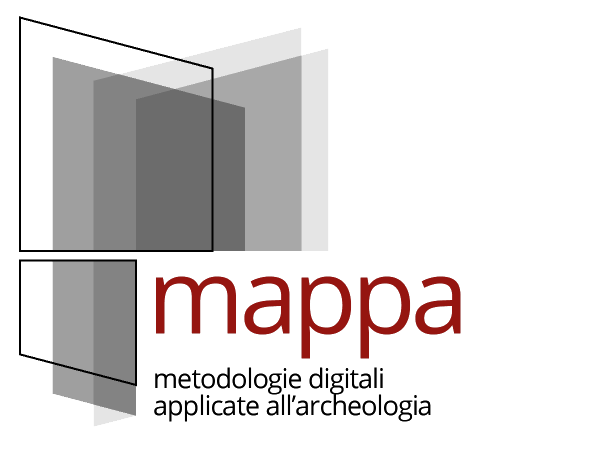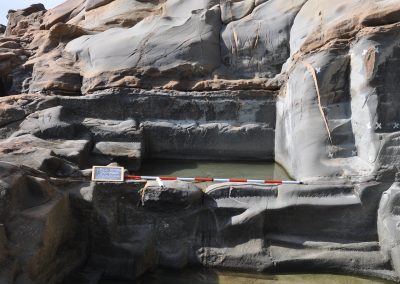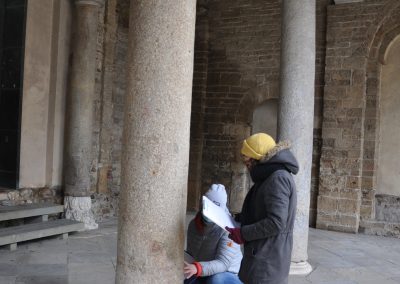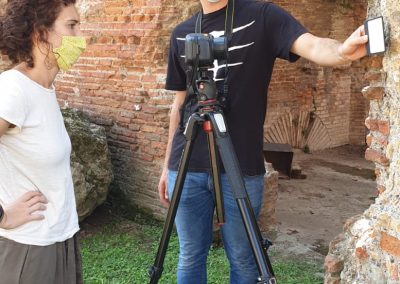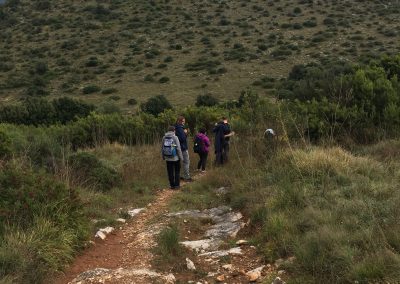The invisible cities.
Transformations and persistence of the ancient urban structures: the building materials.
Centuries of architectural transformations have changed the character of cities, so much that their ancient layout is often invisible. Only faint testimonies of the past survive in the contemporary urban fabric, with elements that stand out in the city’s architectural palimpsest. The project investigated the transformations of the urban space of the city of Pisa in the Roman period to the late antiquity (3rd century BC – 5th century AD), through the contribution of the analysis on building materials.
The work was carried out following four main research axes:
– The mapping of clayey sediments, ancient quarry fronts and outcrops, on which geochemical and mineral-petrographic analyzes were carried out. The dataset thus created was published as Open Data on the MOD repository (link to the dataset http://mappaproject.arch.unipi.it/mod/Archive.php?pk=61e6892d9675c1.82699793) and serves as a reference for archaeometric studies on building raw materials of the historical architectures of Pisa.
– The analysis of the architectural elements referable to the Roman period found in excavations in progress (Progetto Suburbio and San Sisto Project). The sampling of stone materials, architectural binders and plasters was carried out during field campaigns and the results of the analyzes were integrated into the reading of the archaeological record as a whole.
– The examination of legacy data from previous excavations that have brought to light structures related to the period in question.
– The mapping and cataloging of Roman age spolia incorporated in medieval structures in the city. Particular attention was given to the granite column shafts; the subject of a large-scale study project conducted with the collaboration of scholars of the university of Aix-Marseille (France).
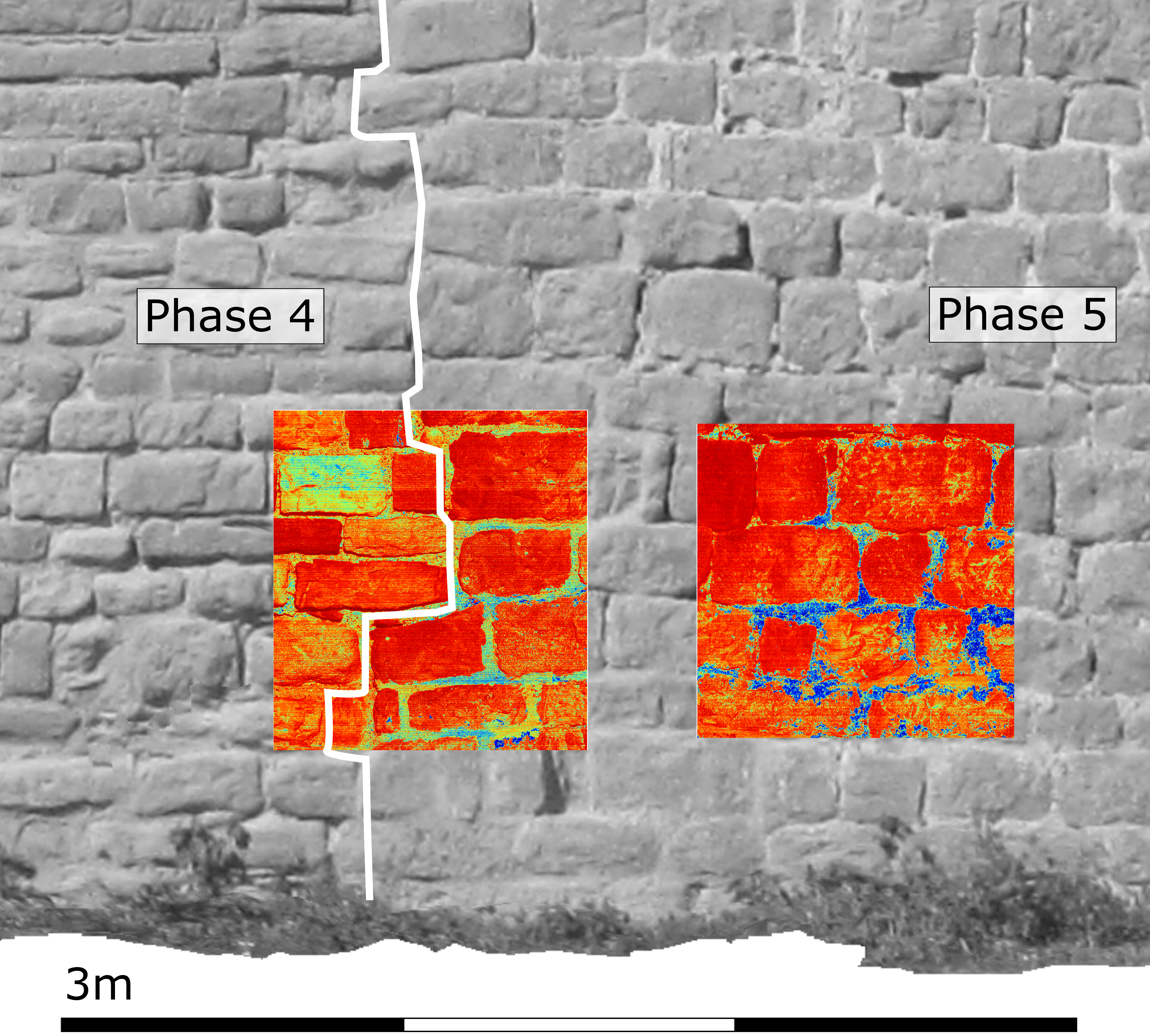
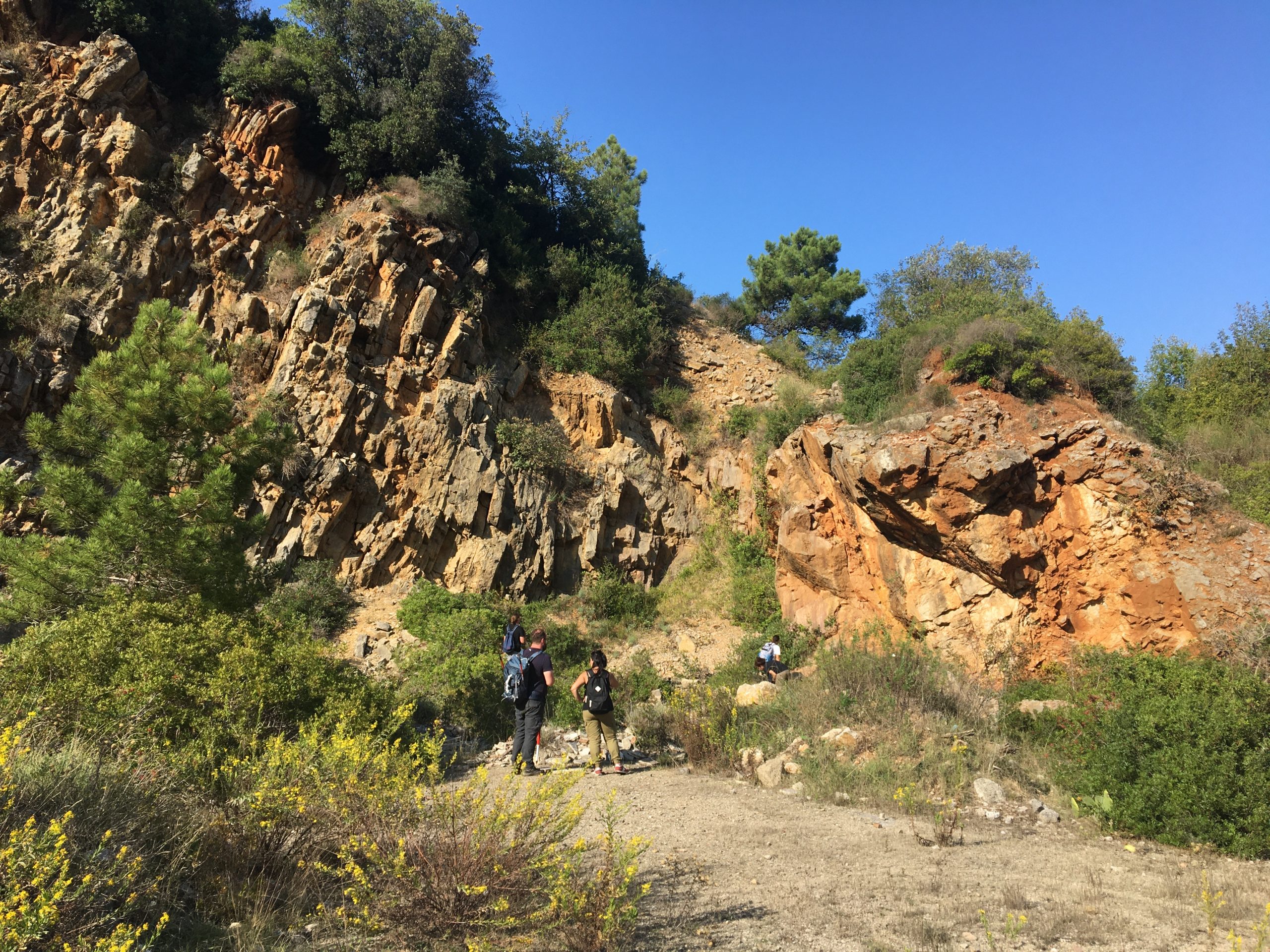
The description of the construction techniques and the visual observation of the lithotypes was implemented by archaeometric investigations carried out with portable and non-destructive instruments (XRF, NIR, Raman, Magnetic Susceptibility) largely available in the Department’s Archaeometry and Diagnostics laboratory.
The analytical data produced are also published online and released as open data to promote collaborative practices in the archaeological sciences and to stimulate the methodological debate on standardization and dataset metadata from archaeometric investigations.
